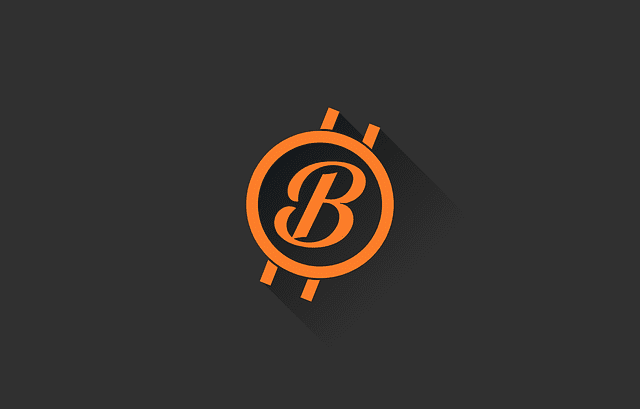The Complete History of BitCoin
What is BitCoin? How was it created, and what does the future hold for cryptocurrencies? In 2009, the world of currency was disrupted by the supposedly pseudonymous Satoshi Nakamoto with his breakthrough invention. Bitcoin, a cryptocurrency that works on the principle of cryptography, is the world’s first decentralized digital asset. It is called decentralized because it works without any one administrator’s monopolistic control. It does not require personal details, or banks, or any governing body. Bitcoin liberated money the way the Internet liberated information.

The Complete History of BitCoin
How Are BitCoins Created?
Bitcoins are created by a decentralized process known as mining, in which bitcoin miners or volunteers are rewarded by the system for helping process transactions and keeping the network secure using specialized technology. In return, they get new bitcoins.
Bitcoin has come a long way. From being a currency for black marketers to becoming a legal way of buying and selling money globally, Bitcoin is the world’s leading digital currency today, with more than 100,000 bitcoin transactions taking place every day.
Bitcoin transactions are logged by Blockchain, a record of all digital currency transactions. As the blockchain becomes more developed by the day, Bitcoin will also spread its services. Financial services such as banking, stock exchanges, and payment systems are already being created, and could soon be a reality.
The Beginning of BitCoin
In November 2008, Satoshi Nakamoto distributed a paper through a cryptocurrency mailing list, explaining the concept of peer-to-peer network of electronic transactions, which could solve the problem of counterfeit money. The Bitcoin network first came into existence in 2009, with the first bitcoin client being released and the first bitcoins being issued. The first block of bitcoins was mined by Nakamoto himself, for which he got 50 bitcoins in return.
Soon after its release, Bitcoin was made open source by Nakamoto, which means anyone can copy its code and create new cryptocurrencies. Not long after, Nakamoto disappeared from the world of Bitcoin, leaving people to grow more interested in finding out who Nakamoto was.
Despite several speculations and rumors, no solid proof has yet been found about Nakamoto’s real identity. By keeping himself separate from Bitcoin, Nakamoto managed to establish a project that’s truly global and isn’t defined by race, color, or origin.
Several people have been rumored to be Nakamoto. In 2008, three scientists – Charles Bry, Neal King, and Vladimir Oksman – filed a patent application for a new technology meant to update and distribute encryption keys. That same month, the domain name ‘bitcoin.org’ was registered anonymously. It is said that these three scientists formed a collective called Satoshi Nakamoto. The three of them – and everyone else ever thought to be Nakamoto – have always denied all claims, deepening the mystery and keeping the hunt alive.
How Bitcoin Works
Bitcoin works just like any other currency. Unlike the earlier times, when the world was wary of Bitcoin’s value, legitimacy, and stability, today several brands accept it along with traditional money. Some of the major companies that accept Bitcoin as a payment method are Expedia, Microsoft, Dell, and CheapAir. As the world learns and understands more about cryptocurrencies, more companies are going to come forward and start accepting bitcoins as a payment method.
In order to pay with Bitcoin, you must have a Bitcoin wallet. Bitcoin is bought in exchange of real money. Once you have bitcoins in your wallet, you can pay for goods and services that accept cryptocurrency as a payment method. Bitcoins are different than regular currency, and require a thorough understanding before attempting to use them.
BitCoin’s Main Advantages
There are several benefits of bitcoins compared to traditional money.
- Quicker payment, compared to wire transfers and check clearances. Where other payment methods take hours and weeks to process, bitcoins take a few minutes. That you leaves you plenty of time to watch another amazing episode of House of Cards, The Wire, 24, The Shield, The Good Wife/Fight, and so on.
- Low transaction fees, compared to other payment methods like PayPal or credit and debit cards.
- Decentralized ownership, which removes banks or any other governing bodies from between you and your coins. You own your coins in any situation and no one can take them away from you.
- No inflation, as compared to real money. Money can be printed as much as the government wants and the increase in volume decreases the value of currency. The limited number of bitcoins keeps them in circulation and prevents inflation.
Not Everybody’s Cup of Tea
Not all governments are keen on cryptocurrencies. China, for example, has been cracking down on BitCoin. According to Forbes, “China’s big government and banks cannot tolerate Bitcoin. It threatens their very existence.”
Russia on the other hand is putting a drafting a new bill with the aim of regulating the trade of BitCoin in place. At the moment, bitcoin and other digital money are neither permitted nor prohibited in the Russia Federation.
The Future of Bitcoin
Even though Satoshi Nakamoto disappeared from the world of Bitcoin and ceased all involvement with the project, his creation continues to grow in popularity. With increasing adoption rates, and more and more companies accepting it as a payment method, Bitcoin’s future looks good. At this rate, Bitcoin will soon see maturity and be on a par with traditional currency.
Bitcoin has evolved a lot in the last decade, and continues to expand. But as with every new technology, it must be noted that Bitcoin will take time to garner mass trust. As of now, Bitcoin is being hailed as the future of currency, and it might just turn out to be true.





